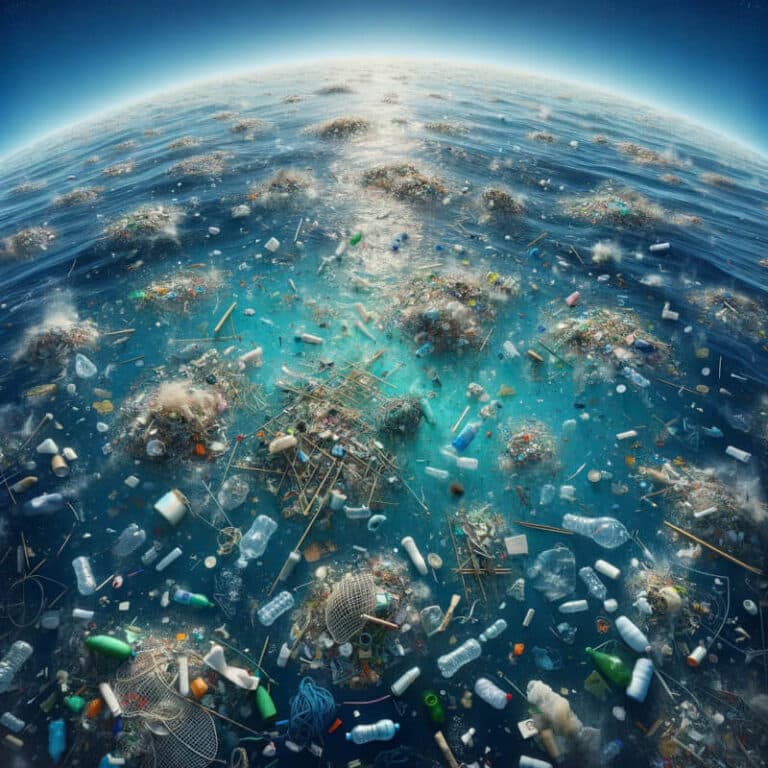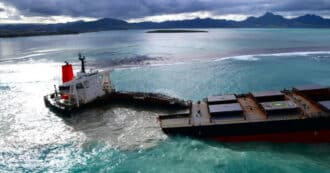The Great Pacific Garbage Patch is a vast area in the North Pacific Ocean characterized by a high concentration of marine debris, consisting largely of plastic. It is not a solid mass but rather a collection of microplastics, debris, and larger items brought together by ocean currents. The patch is a striking example of the environmental impact of plastic pollution and highlights the challenges of managing waste in the oceans.
Origin of the term and application
Plastic debris has been collecting in the oceans long before yachtsman Charles Moore happened upon the area now known as the Great pacific Garbage patch in 1997. However, this 1.6 million square kilometers has become a visible symbol of modern throw-away plastic society. To address plastic pollution there are efforts to limit or ban the use of single-use plastics in society, increase both recycling efforts and programs to protect marine ecosystems. However, these efforts have yet to stem the flow of plastic into the ocean.
While the majority of the plastic pollution in the Great Pacific Garbage Patch originates from a few countries, the impact of this pollution affects the entire planet. Some religious institutions, including houses of worship in the Philippines, are working to collect plastic waste from beaches, and to sell it to plastic manufacturers. This is an example of a circular economy, where the waste is reused into a new product.





